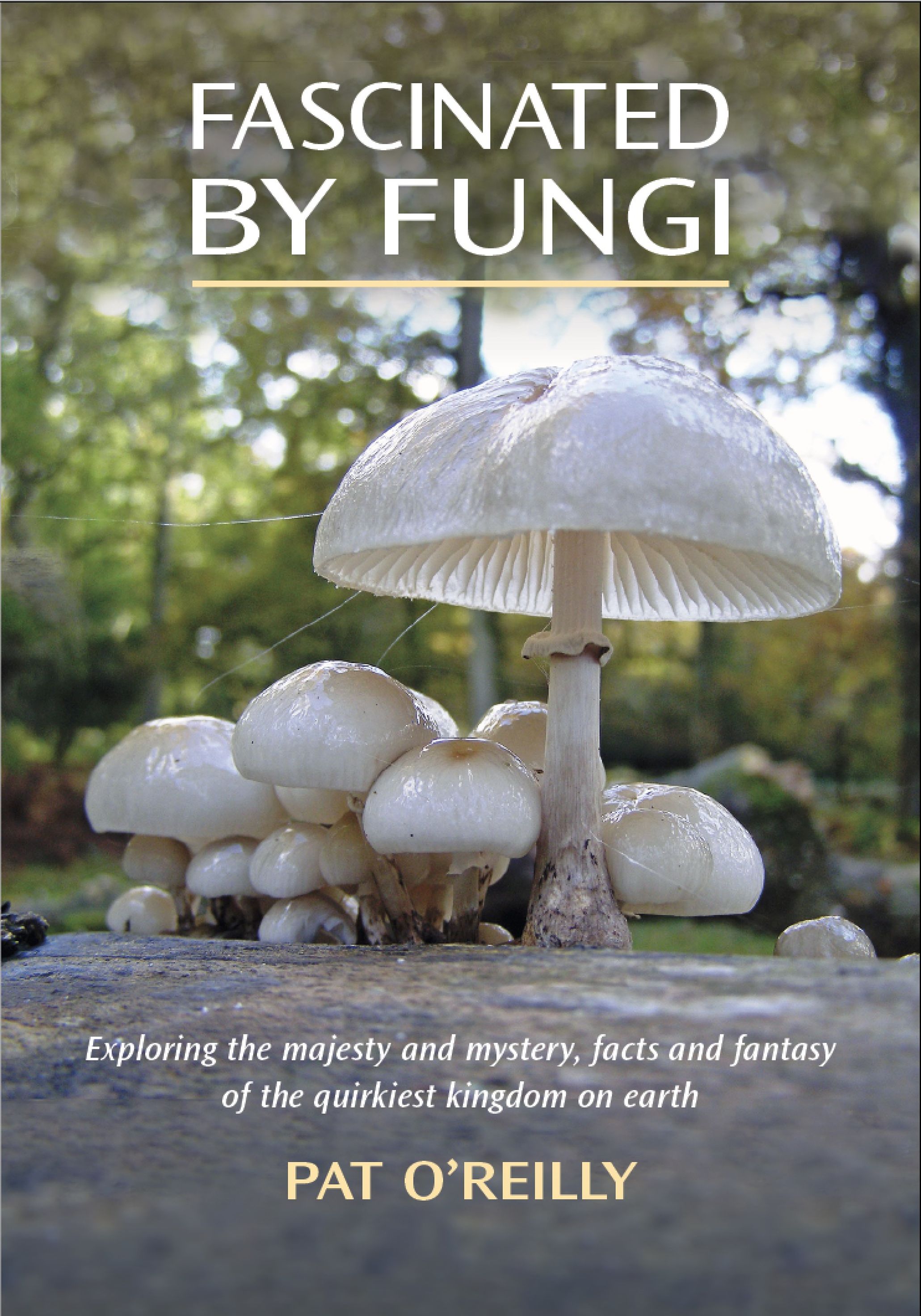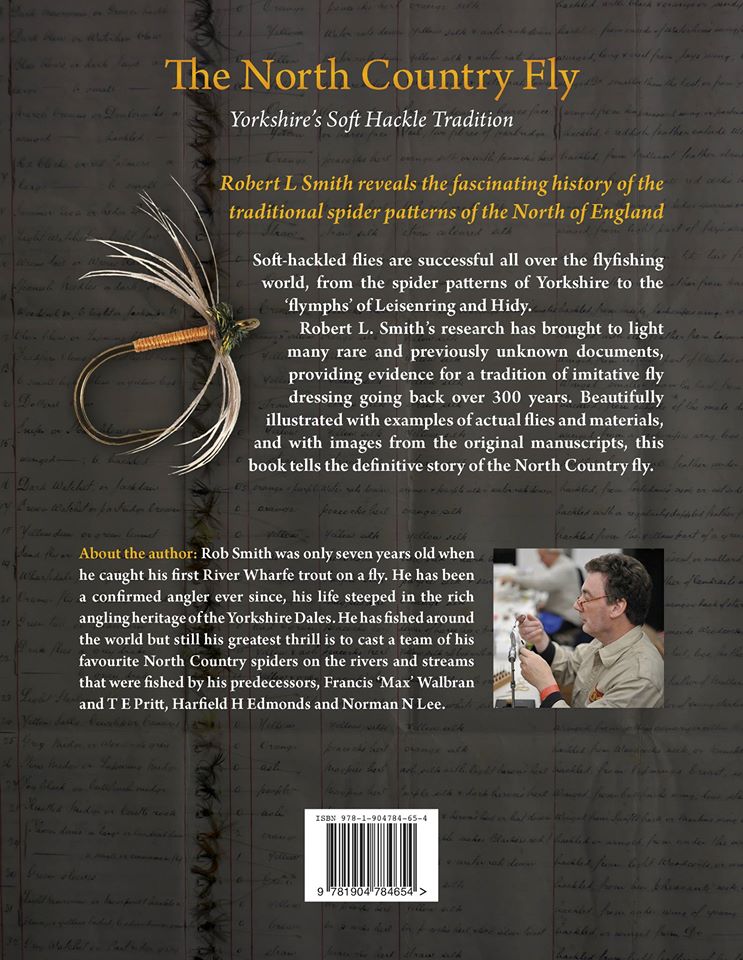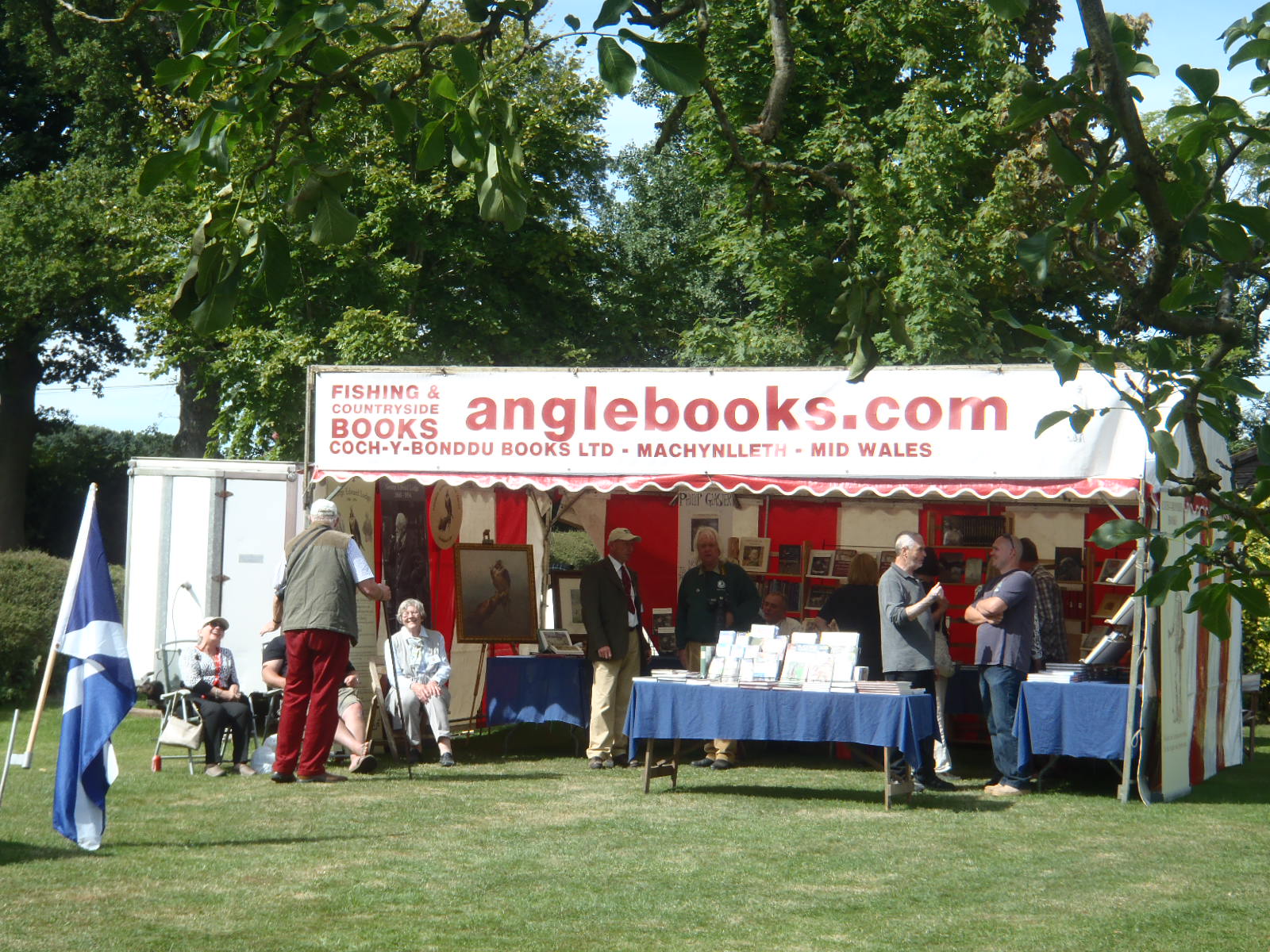Lure Fishing: Presentation & Strategy - reviews
Lure Fishing Presentation & Strategy by Dave Pugh
High quality hardback. £19.95
High quality hardback limited to 250 signed and numbered copies. £SOLD OUT
Quarter-leather bound edition in slipcase limited to 30 signed and numbered copies. £95.00
"Early October I received an e-mail from my fishing friend Hans van der Pauw telling me a new book about fishing with lures would be ready in a few weeks’ time. ‘Lure Fishing, presentation & strategy ́ was the title, written by Dave Pugh. It must have been 20 years that Dave asked me to do a slide show about lure fishing at the annual Lure Angling Society Conference of which he was president. To be honest, I was never impressed by the quality and ability of the English fishermen catching pike, perch, chub and zander with lures. But from articles in various fishing magazines I got the idea Dave was the exception on the rule.
And also the words presentation and strategy made me curious. I contacted my long-time friend Paul Morgan at Coch-y-Bonddu Books and the end of October 2 copies of this book were delivered at my home address. Now Hans van der Pauw and myself could start with reading the 256 pages of this nice looking hard cover book. Finally a new fresh approach. The last 10-15 years I read not many books and articles about the technical side of lure fishing, the reason being that most authors repeat what their predecessors had written about types of lures, colours and size, slow spinning in winter and faster in summer. No mention at all about how the pike and other predators think about these ideas. But in this book lure fishing is viewed through the eyes of the predator. Dave tells us how he learned in the 25 years he is working as a professional guide the hard way which factors are important when you want to be successful. Good results bring more customers. All these for the predator important factors like the right presentation at the right depth with the right speed, selecting the right swims where you can expect predators and visibility of the water are mentioned. Reading this gave me quite often a feeling of recognition, a feeling that I practised myself in the more than 30 years I guided guests in the polder canals in North Holland. Compared with other books about lure fishing, you ‘ll find minimum promotion of lure brands and the same with mentioning rods, reels and terminal tackle. Just try to use the best and in practice you’ll learn that. There are situations where I have a different opinion as Dave, I won’t use the strongest and heaviest tackle for that takes away a lot of the fun I have in playing a good sized fish. I have caught thousands of pikes with lures in 19 countries, more than 1000, yes thousand, were over the dream limit of 100 cm and 99,9% of these pikes I have landed with my bare hands, going under the gill cover. I hate to see a pike splashing around in a landing net with the lure in its mouth. I wouldn’t mind to discuss this topic with Dave. Before I’ll give you some technical information about the price and how to order, I’ll mention a formula I use for more than 30 years with success and which has a lot in common with the information Dave mentions in his book. As European consultant of the famous In-Fisherman magazine from the USA I learned to use the formula F + L + P = S. The F stands for Fish. The more you know about behaviour of the fish you want to catch, its food and feeding habits, habitat, spawning etc., the better your chances to catch this fish. L stands for Location. When you know where you can expect the fishes you intend to catch your chances to catch some are much better than a water with a minimum population. The P stands for Presentation. When you present your lure in a natural way close to the mouth of a predator, the chances this fish will grab this lure are high. The S stands for Success and you’ll get this when you use the formula and the practical information in Dave’s book. For me reading this book was a pleasure and I can recommend it to all lure fishermen, young and old. I found already some new tips in this book which I practised with success in Holland. This book is published by: Coch-y-Bonddu Books, Machynlleth, Powys, SY20 8DG, UK. Phone + 44 1654 702 837. For more information and ordering, visit the website: www.anglebooks.com The price of this excellent book is £19.95 pounds and mailing costs to Europe £5.00. Highly recommended!" (Jan Eggers, The Pike Ferret)."Traditionally, lure fishing, especially for pike, has had relatively few enthusiastic followers in the UK. The main reason has always been the conviction that big pike - and that's what most British anglers are interested in - are much more likely to be caught with natural baits, dead or alive. Only in the last twenty to thirty years have we seen a steady increase in the number of British anglers explaining and recommending lure fishing in books and magazines and, more recently, on the internet. Different from England, lure fishing in the Netherlands had already become very popular since the early 1950's. The result has been - in sincere modesty - that the Netherlands had advanced much further in this particular way of angling, compared to England. This was noticed by British angler Chris McCully, after he moved to Holland in 2000. In 2009 this led to the publication of his excellent book Fishing and Pike Lures, which made the knowledge he had gathered in the Netherlands available to British lure anglers.
And now another specialized book on lure fishing has been published: Lure Fishing - Presentation & Strategy by Dave Pugh. Is it another step forward? I certainly think so. But like McCully, Pugh too builds on ideas and techniques that had been developed abroad in the previous decades. For Pugh the book that really opened his eyes to why and when predatory fish choose and use the places they do, was Spoonplugging (1973) by the American angler Elwood 'Buck' Perry from Hickory, North Carolina. In the USA Perry is regarded as one of the great innovators in lure fishing for bass: 'the daddy of structure fishing'. He developed his theories on the location of predatory fish in the 1950's and 1960's and presented them with the triumphant commercial slogan "You too can catch big fish... and lots of them!" Perry put questions to many assumptions that by then had existed for so long that they had gradually turned into certainties. Pugh does the same thing, and there's a lot to be learned from that. For an important part Pugh thinks independently, based on his own experiences. And he formulates his thoughts and conclusions accurately. He mops the floor with well-established ideas and assumptions that over time - and sometimes for generations - have been copied as certainties by many anglers and angling writers. That's a relief. But now the reader in his turn owes it to Pugh to also be critical about Pugh's ideas and not adopt them without any thinking of his own. Moreover the circumstances in which Pugh does his fishing - mostly rivers and lakes - often differ a lot from e.g. the Dutch polders. But still Dutch anglers will find in Pugh's book many thoughts and approaches that are universal and therefore apply to their fishing as well. The book is divided into two sections: 'Presentation' en 'Strategy'. In the first section Pugh considers the presentation of lures - that is the location and depth where, and speed at which they are presented - of primary importance. Next to that the size of a lure can be critical as well. But the type of lure and its colour and action matter much less - the type only so much as it determines the depth at which a lure can be fished. In other words, the fish-catching power of the different types of lures is strongly relativized by Pugh. Especially the part about why fish take or ignore a lure is, in my opinion, important and convincing. Here Pugh settles with the anthropomorphic ideas on fish behaviour and the believe that lures should as well as possible imitate prey fish, or even wounded prey fish. However much an angler may be convinced of the attractiveness of a lure, the fish may hold completely different ideas about it. And here, I 'm sure, Pugh really hits the nail right on the head. Section two, 'Strategy', contains a good and useful explanation of the different approaches in lures fishing. Yet I find the many certainties Pugh presents here sometimes a bit too positive and far-fetched. It leads to statements like "the chance of getting a take if two pike are present is twenty times higher than from a single pike". How do you know that? And how can you measure it so precisely? Without a doubt there's much knowledge on fishing to be gained from experience. But the problem will always be that, when fishing, the circumstances in nature include an infinite amount of variables: the behavior of the fish themselves at the moment of fishing, circumstances in the water on the exact location (e.g. type of bottom, depth, weed growth, clearness of the water), the weather, the time of day, the behavior of the angler, the materials and bait or lure used, the way in which the bait is presented, etc. etc. All these values, that often differ from day to day or even from hour to hour too, make that conclusions will inevitably remain uncertain and will often also depend on local circumstances. Unfortunately this leaves very little room for certainties. Speaking for myself, in fifty years of angling I've had to give up ever more certainties and assumptions - almost to the point of becoming an angling agnostic. Rather paradoxically, Pugh has helped me with his findings and assumptions to reconsider many of my own ideas and assumptions and to have a fresh and different look at various things. I certainly expect this to benefit my fishing. Yet there remain some fundamental differences in view between Pugh and me. These can probably be carried back mainly to cultural differences between Dutch and British anglers - with the British attitude on the whole being rather more competitive. An important example is the subject of 'time management'. For someone who first and for all values the quality in fishing and who knows to enjoy the way in which a fish is caught and the entire setting in which this takes place - say more the rustic Chris Yates type of angler - this chapter will be hard to swallow. Because here Pugh sets off in a purely quantitative attitude: catching fish like harvesting potatoes. Pugh wants us to ask ourselves the question 'Are there loads of fish here that I can catch easily?'. If not so, we should move on. Here the objective of angling is reduced to hauling in the maximum amount of fish - 'bagging up' - and any circumstances or joy in fishing seems to be subordinate to this goal and irrelevant. At least not a word is spent on it. The same attitude can also be recognized in the way Pugh chooses his tackle. He says very little about it at all, other than that he likes to use the strongest tackle and the most powerful rod he can, in fear of losing a fish: "The fight is more an irritation - a potential risk of loss after doing all that hard work in location and presentation." In this Pugh and I are divided by a fundamental difference in attitude. The day I will ever think of fishing as 'hard work' and of the fight as 'an irritation' I will quit angling immediately. Even so, this difference in attitude can hardly be a ground for criticism. Everyone chooses his own way to happiness. Conclusion: Without any doubt Pugh's Lure Fishing is an important book with which any lure angler will be able to improve his fishing - at least his results - considerably. Compliments also for the fine hard cover edition with a very attractive painting by Maurice Pledger. Highly recommended." (Hans van der Pauw, 7th of November 2014)."This has just arrived at work (where I get most of my fishing parcels sent to) and I had a quick flick through during my work hour. Although mainly aimed at the pike angler with just the odd diversion into perch and zander (a bit of a shame given Dave's reputation has probably been built mainly around zander but perhaps a sensible move by the publishers) it is a fabulous work. It is absolutely everything we have come to expect from Dave's writing: zero fluff. It's as practical and unembellished as a car manual. But what it oozes is a vastly concentrated distillation of many, many hours of experience over many, many years. Dave's style of fishing and thinking is not for everyone. If you're a chuck and chillax kind of angler this is definitely not a book for you as it will just feel like far too much hard work and attention to detail! Let's face it, most people won't religiously count retrieve turns and count down times to, when the hit on the right combo, be able to repeat it over and over. But if you want to learn how to catch more fish, even if the effort feels like a bit too much to be putting in every trip, then this book is probably the best I've read. Massively recommend. I'll have read it cover to cover by bed time! Well done Dave." (Guy Micklewright, Lure Anglers' Society forum)
"Outstanding book, very different to the majority of what has been written about lure fishing, which seems to be regurgitated from previous authors. Would thoroughly reccomend!" ("J2TheM", Amazon UK review, 2nd of November 2015)






